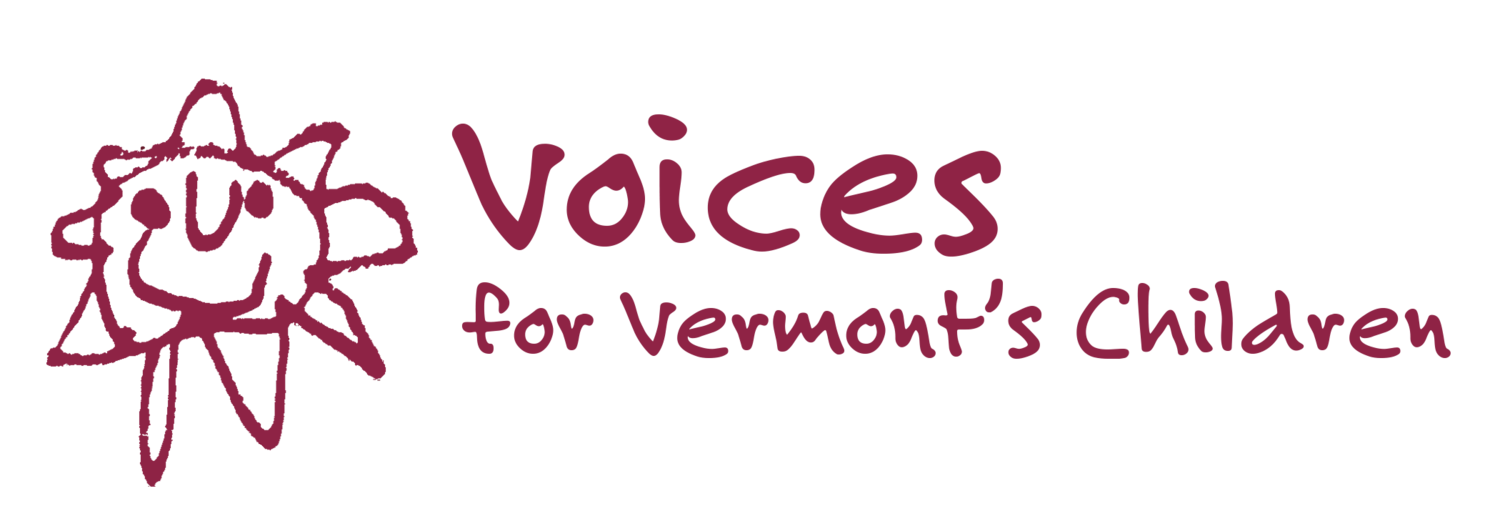Cash Matters.
Reach Up cash assistance. Direct cash transfers for former foster youth. State Child Tax Credit. If you are sensing a theme throughout our recent lunchtime discussions, that’s because there is one. Cash matters. Every family needs the ability to make decisions about their own needs, and on a foundational level this means access to resources, which are frequently most effective for families when they arrive in the form of cash.
Unfortunately, our existing safety net mostly provides resources with narrow parameters: this bucket can only be directed to food, this one can only be directed to health care, this one to child care, this to housing. In addition to the reality that separately these supports tend to be less than enough, what about unexpected expenses that fall outside of these needs? The cash available through Reach Up, which doesn’t even reach all families below the already artificially low poverty line, is quickly eaten up by shortcomings in other provisions, so that at any given time, decisions in one area are likely to mean deprivation somewhere else.
Not only is piecing this together cumbersome on both a personal and administrative level, there isn’t room in this pieced-together safety net to absorb out-of-the box events. While itemizing, recognizing, and valuing real needs is important, keeping them restricted in this way maintains a disparity which serves as a dividing line meant to marginalize: choice or no choice. The truth and history behind this is an ugly assumption about who should get to make choices.
Access to cash is an area where we maintain, by design, an inequitable and unjust disparity between having discretionary funds and having none. Vermont’s Basic Needs Budget, generous compared to other measures of economic stability, suggests that some amount of savings should be built into the expected expenses of a household. This should not be seen as an optional luxury. We do not need to pre-determine how every dollar is spent, and to do so when we know that the dollars already do not add up is one way policy can end up being used as a weapon.
So while one measure of an adequate safety net is that it is “enough,” the measure of an equitable safety net is that is both enough, and seeks to eliminate the dividing line between choice and no choice. It must protect access to cash.
Last year, Vermont instituted a state Child Tax Credit, worth $1,000 maximum per child age 5 and under. It’s a meaningful anti-poverty tool that we can, and should, continue to build on as a state. Unlike the Federal Child Tax Credit, Vermont’s provides the full amount even for families with no earned income, reaching the families who need it most instead of excluding them. Let’s continue to lift up these kinds of resources and explore others that break down dangerous limits on how families access and distribute the resources they need and deserve.
Interested in learning more? Register for our upcoming webinar on the Vermont Child Tax Credit! Thursday, February 23rd, 12-1pm. ASL interpretation and transcription will be provided. This webinar will be recorded.

